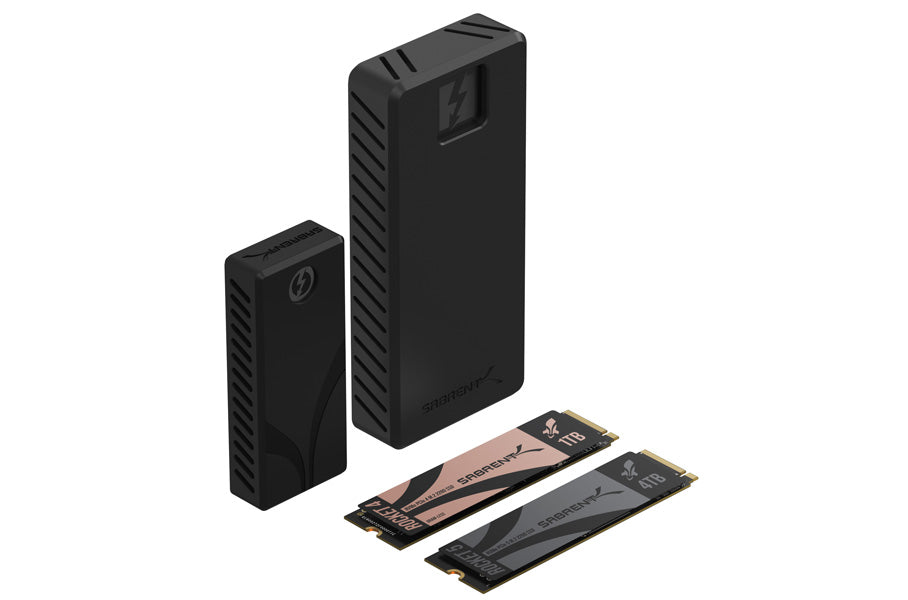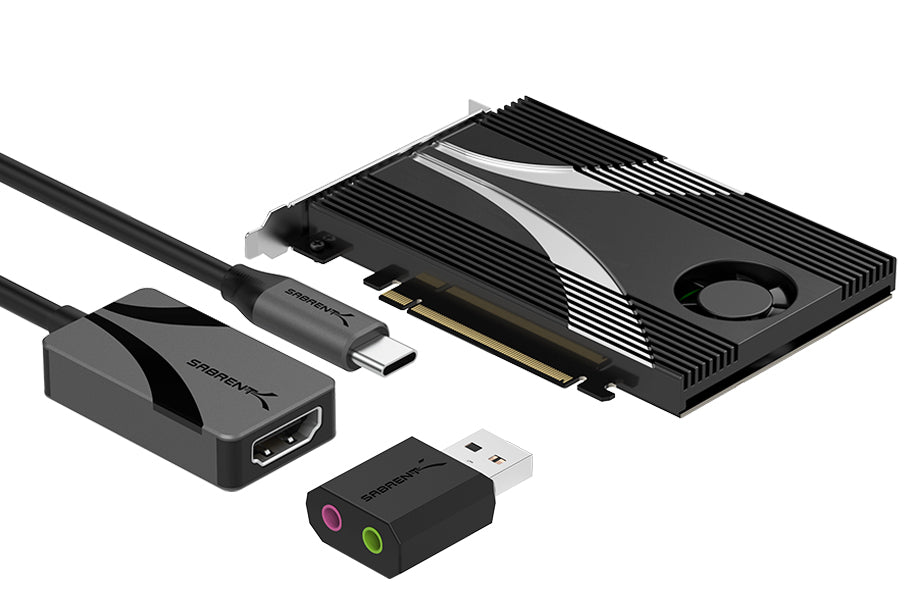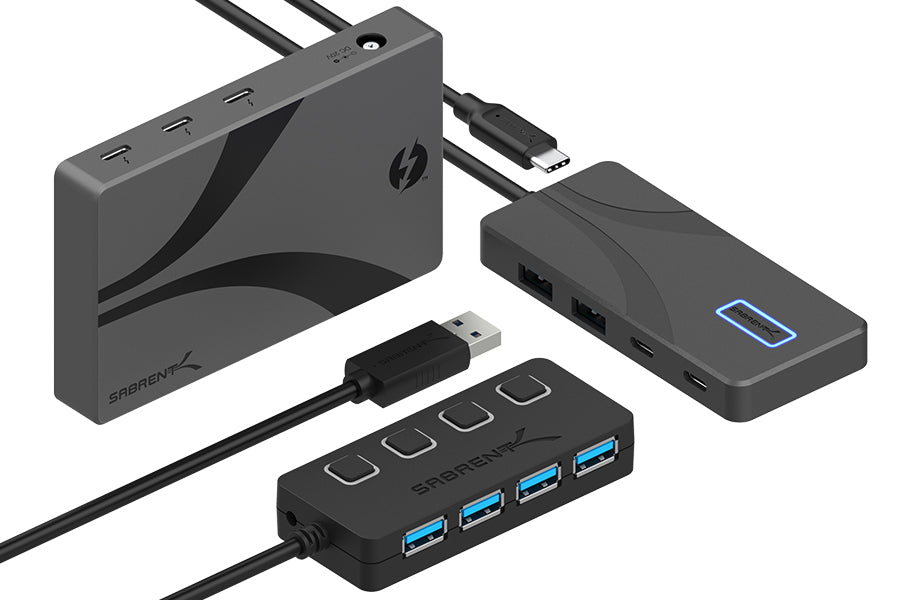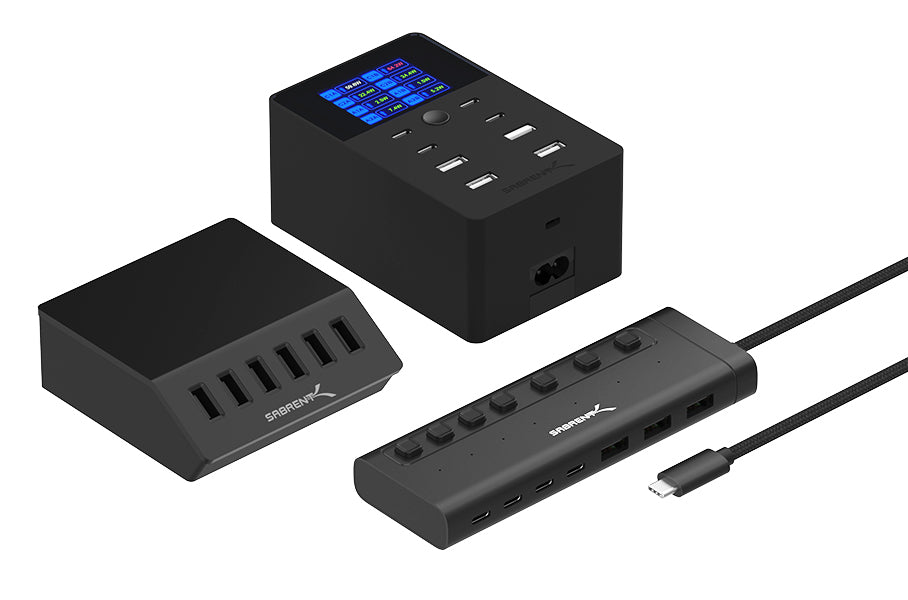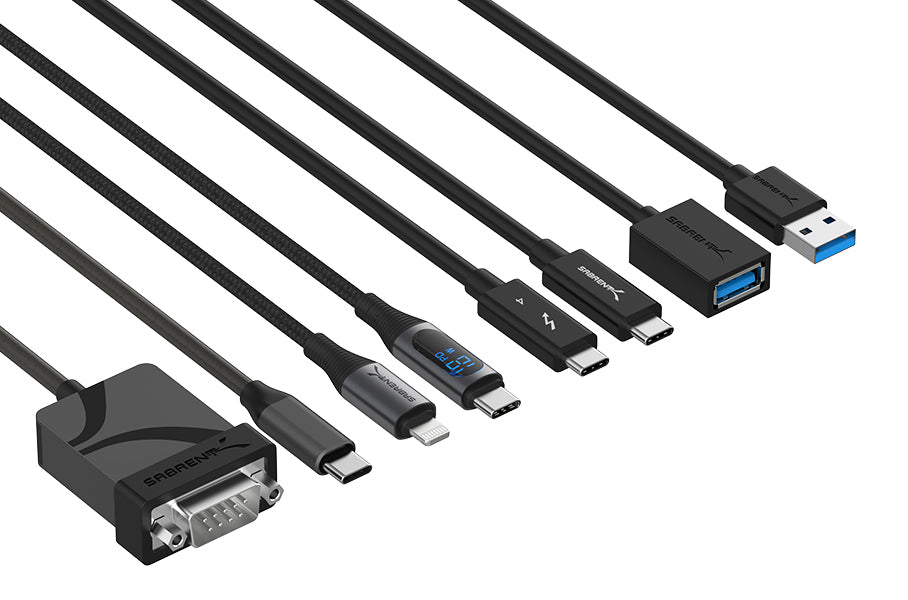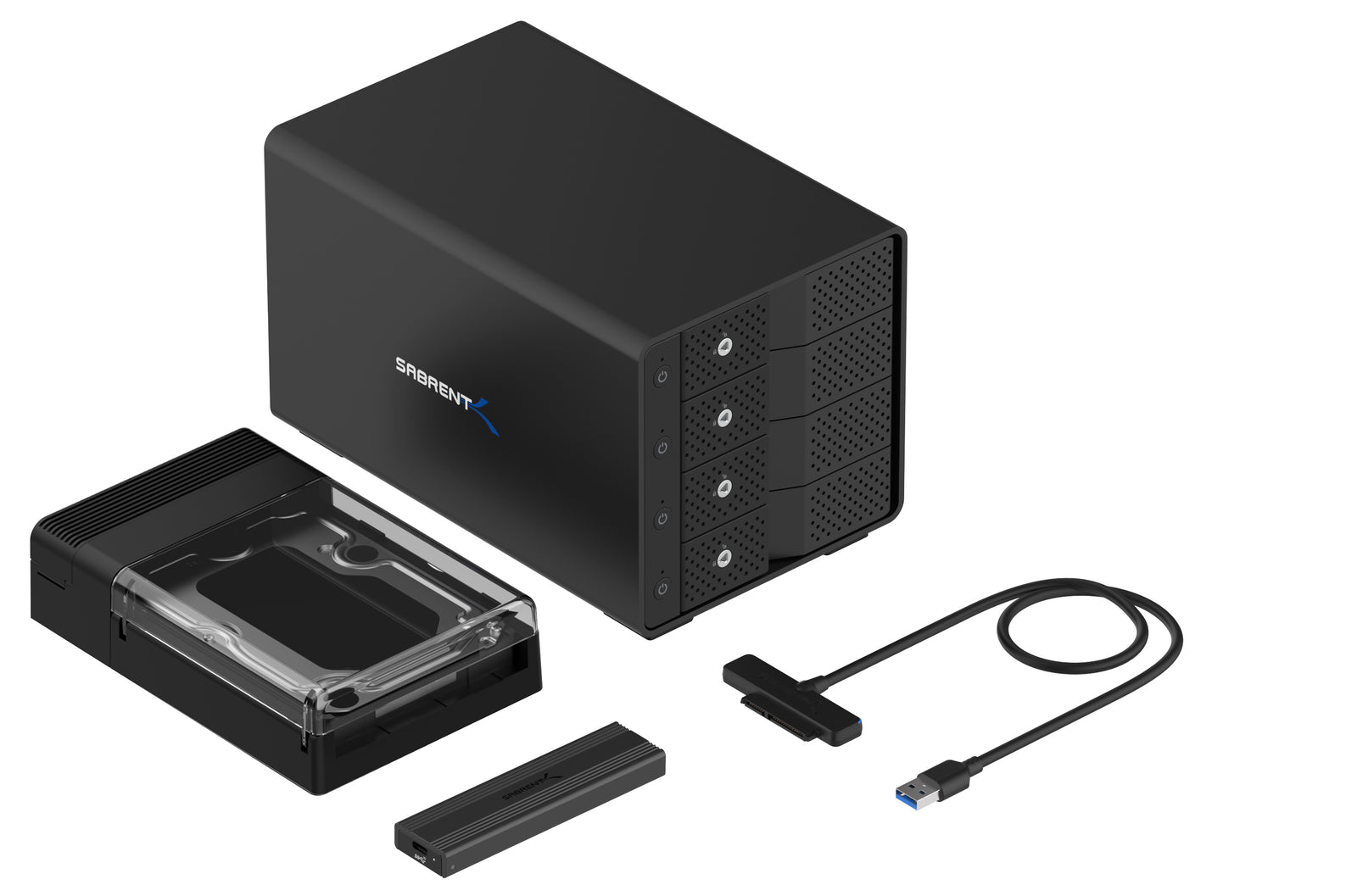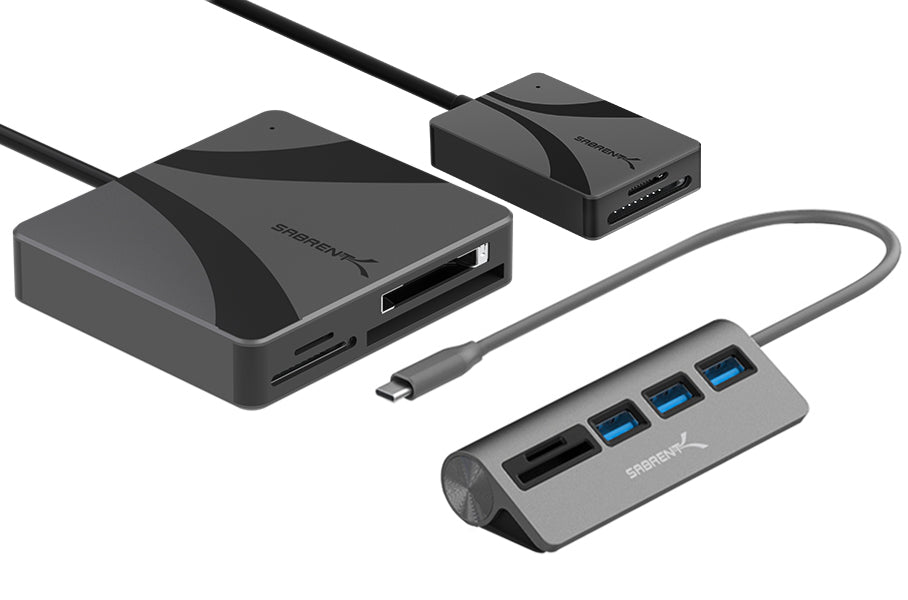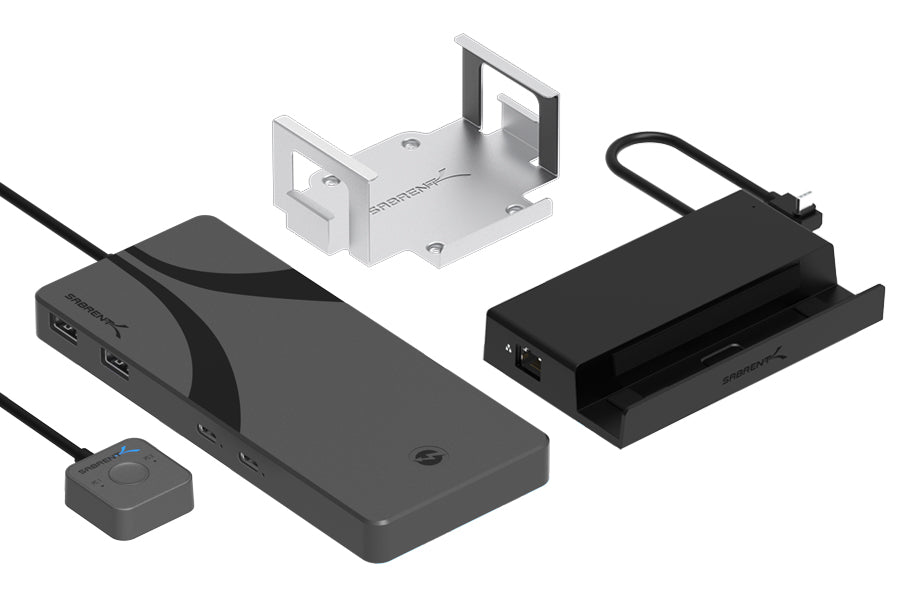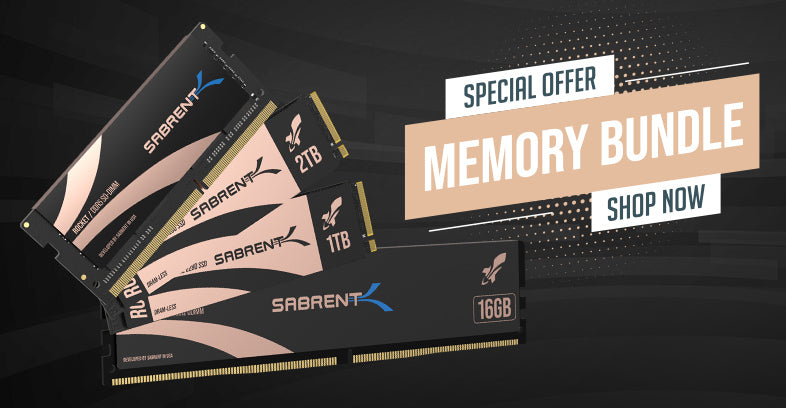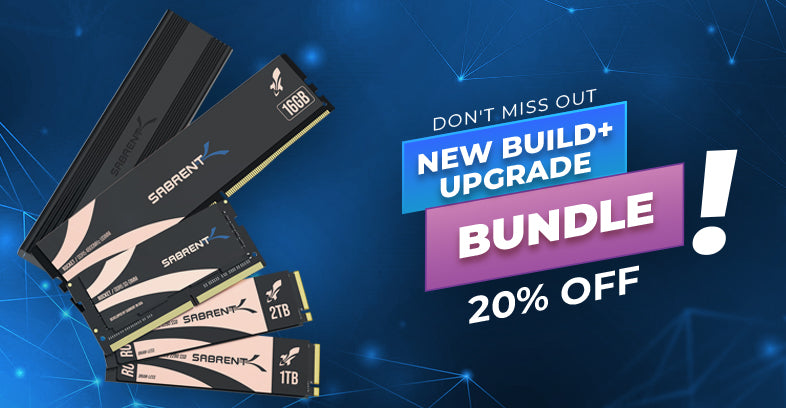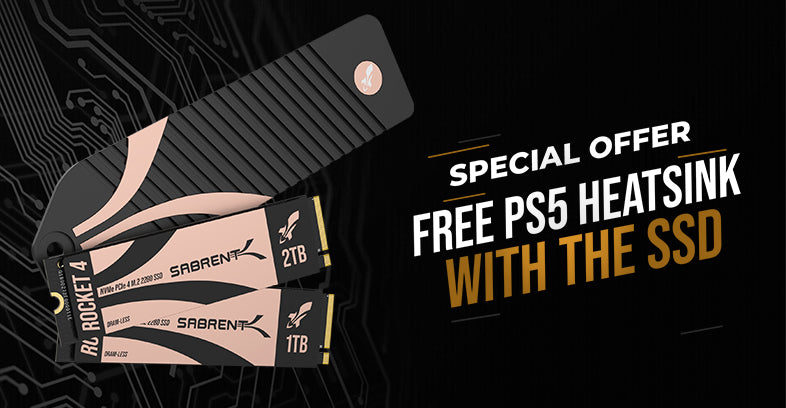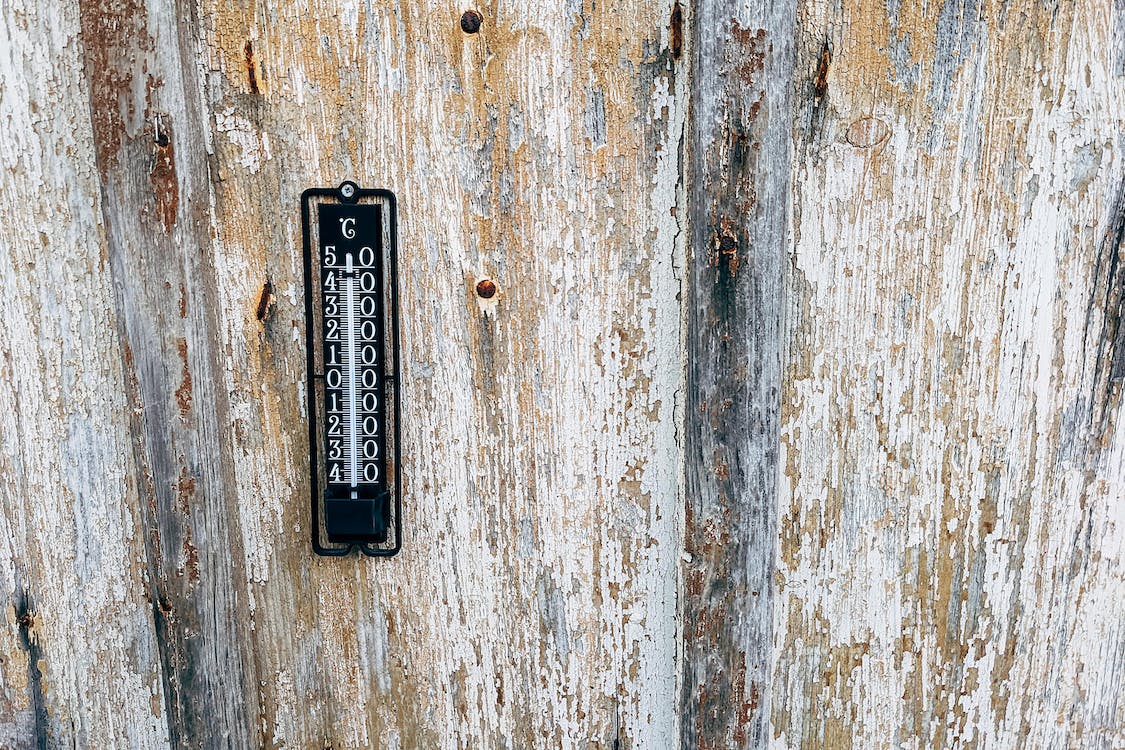If there’s one thing you should have in your toolkit, it’s a bootable flash drive. This has always been the case, but options are much better these days - in the past, it was a bit more problematic to get things booting together from one drive. Now there are a ton of great tools that can help you image and/or boot multiple images. We recommend balenaEtcher for basic imaging although Rufus is also popular. For multi-boot, many people started off with UNetbootin or YUMI, but we recommend Ventoy. We do recommend getting a fast, quality USB drive, but reads are probably more important for this type of application.

Once you have the right tool, you can start deciding what you want on the drive. Ventoy has a image test list which can be a good place to start. Operating System support includes Windows/WinPE, various forms of Linux, Unix, virtual environments, and more. It’s also good to have some tools for diagnosing or repairing issues, for example Kaspersky’s Rescue Disk for antivirus, Acronis or EaseUS media for imaging/cloning/backups, Tails for privacy, etc. There are also “ultimate” boot CDs that have tons of little apps to get you out of trouble.

Having a bootable Linux option, like Debian or Ubuntu, lets you get into an environment where you can engage your storage more easily. For example, the NVMe Command Line Interface (NVMe-CLI) lets you get tons of information on your NVMe SSD. You can also format it and do many other tasks. There’s also smartmontools to get more information about your SSD. This is also an effective way to manage partitions, if necessary. You can even benchmark your drive with KDiskMark, which is very similar to CrystalDiskMark. Other tools can offer more flexibility.
Our internal SSDs are very popular, and we offer a tool to format between 512e and 4Kn - that is, 512B and 4KB - sector sizes, but you can also do this with nvme-cli. Our drives follow the NVMe specification and you can get lots of information about the drive with the tools above. We also offer cloning software through Acronis, and a USB drive can be prepared so you can boot to manage your drives. We encourage our users to learn more about their hardware a host of accessories to help there, although sometimes you may have to work around the bridge chip.
Good luck, and remember to experiment and have fun. Make a bootable USB with some images and see if it works. The options are endless!

